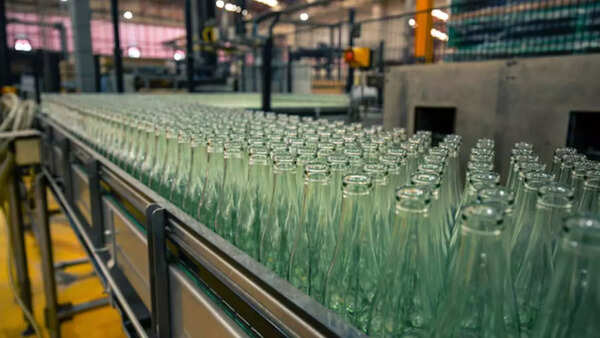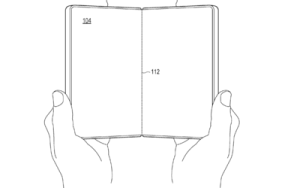Think glass is safer than plastic? It might contain more cancer-linked microplastics; study says
A recent study conducted by France's food safety agency, ANSES, has challenged the widely held belief that glass bottles are safer than plastic ones. The study revealed that beverages stored in glass bottles contain significantly higher concentrations of microplastics compared to those in plastic bottles or cans.
On average, glass bottles containing soft drinks, lemonade, iced tea, and beer were found to have approximately 100 microplastic particles per liter. This is up to 50 times more than what was detected in plastic bottles or metal cans. Contrary to initial expectations, the primary source of microplastic contamination was not the glass itself.
Instead, the microplastics originate from the paint used to coat the metal caps that seal the bottles. This finding highlights a previously overlooked contamination pathway during the bottling and storage processes, raising concerns about potential impacts on consumer health and the need to re-evaluate packaging standards.
Unexpected High Levels of Microplastics in Glass Bottles
The ANSES study analyzed a range of popular beverages, including soda, beer, lemonade, iced tea, water, and wine, packaged in various materials across France. The results revealed that glass bottles contained an average of approximately 100 microplastic particles per liter. In contrast, plastic bottles and cans exhibited levels that were five to fifty times lower.
Among the beverages tested, beer bottles showed some of the highest counts of microplastics, averaging around 60 particles per liter. Water had the lowest contamination levels, ranging from 1.6 to 4.5 particles per liter depending on the container. Wine contained very few microplastics, even when bottled in glass with caps.
What is the Source of Plastic in Glass Bottles

Detailed analysis revealed that the microplastics found in glass-bottled drinks matched the shape, color, and polymer composition of the paint used on the metal caps. Friction and rubbing during storage and transport cause microscopic scratches on the caps. These scratches result in the shedding of tiny plastic particles into the beverages. These microplastics are invisible to the naked eye, contaminating the drinks during bottling and storage.
Tests indicated that cleaning the caps or improving their storage conditions could potentially reduce microplastic contamination. This suggests potential mitigation strategies for manufacturers.
Implications and Future Directions
The study demonstrates higher microplastic contamination in glass bottles due to cap paint. However, the health risks associated with these levels remain uncertain due to a lack of comprehensive toxicological data. These findings challenge the common perception that glass packaging is inherently safer or cleaner than plastic.
Researchers recommend further investigation into the impact of microplastics on human health. They also urge improvements in packaging materials and storage practices to minimize contamination. This study provides a foundation for regulatory bodies and manufacturers to reconsider the design and materials used in beverage packaging to ensure consumer safety.
Newer articles
Older articles
-
 Government issues warning for these Android smartphone and tablet users
Government issues warning for these Android smartphone and tablet users
-
 This new AI tool can help you book train tickets, get refunds and check details on IRCTC website and app
This new AI tool can help you book train tickets, get refunds and check details on IRCTC website and app
-
 Microsoft plans to take on iPhone and Android smartphones with this new device
Microsoft plans to take on iPhone and Android smartphones with this new device
-
 Anderson–Tendulkar Trophy: India–England Test series enters new era, tribute to cricketing legends
Anderson–Tendulkar Trophy: India–England Test series enters new era, tribute to cricketing legends
-
 Mahbub Anam replaces Faruque Ahmed as new BPL chairman
Mahbub Anam replaces Faruque Ahmed as new BPL chairman
-
 India vs England: Can Bazball outplay India's new era? Key battles and what to expect
India vs England: Can Bazball outplay India's new era? Key battles and what to expect
-
 Tait rues new-ball miss as Nissanka punishes Bangladesh
Tait rues new-ball miss as Nissanka punishes Bangladesh
-
 iQoo Z9 Turbo new leak reveals key specifications: All the details
iQoo Z9 Turbo new leak reveals key specifications: All the details
-
 Teen Innovator Soars to New Heights: Mehar Singh Breaks Guinness World Record with Lightning-Fast Drone Ascent
Teen Innovator Soars to New Heights: Mehar Singh Breaks Guinness World Record with Lightning-Fast Drone Ascent
-
 Blue light damage: 7 reasons why not using the phone can improve health
Blue light damage: 7 reasons why not using the phone can improve health